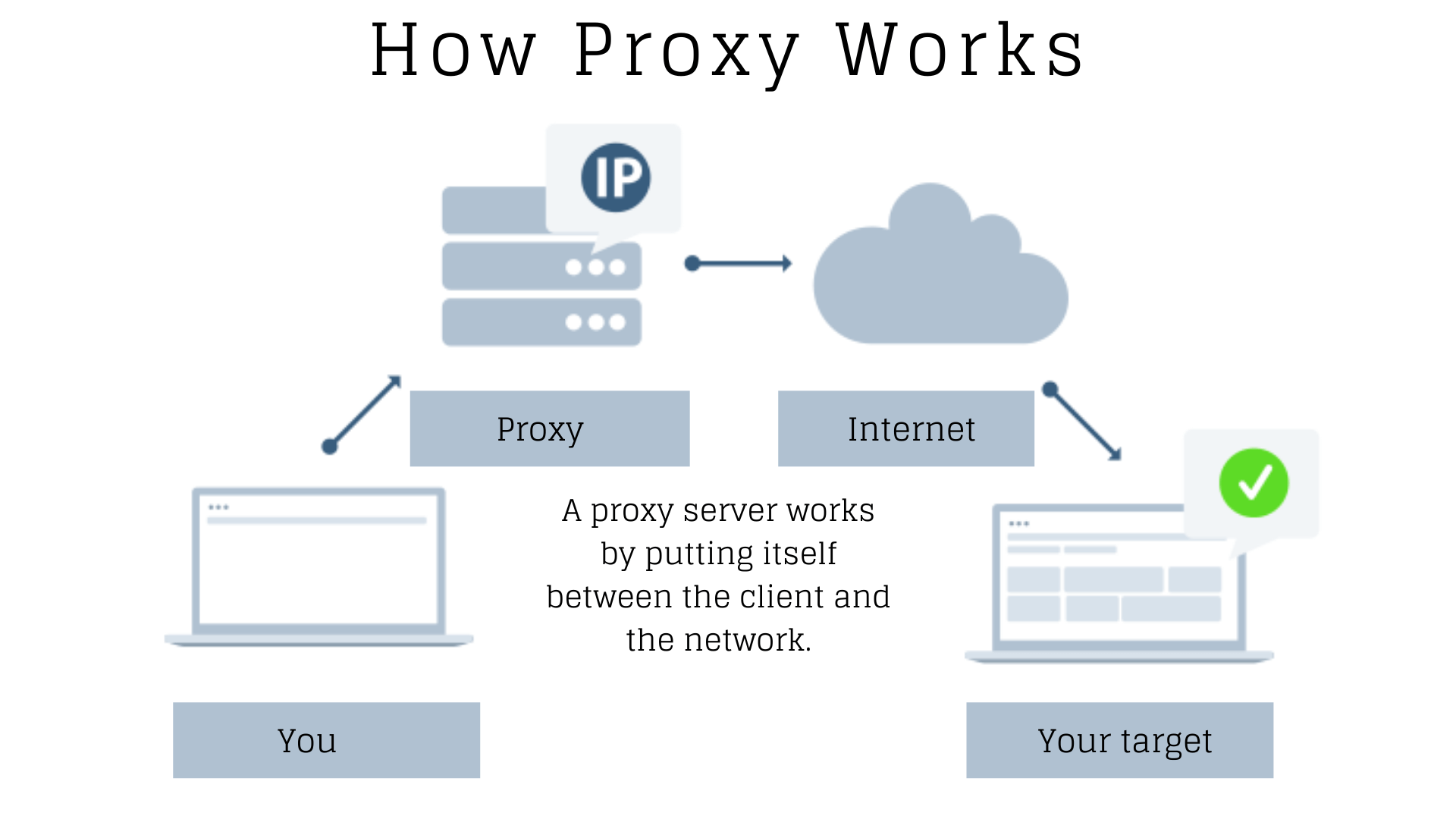What is a proxy server?
Proxy servers hide the IP address of a client from the Internet. These servers become an agent that takes a client’s request and passes it to the Internet destination and vice versa.
When connected to a proxy server, traffic uses the proxy’s IP address, and not the clients. In essence, they help hide users who are typically targeted for malware attacks, such as CEOs.
How can I hide my IP address when connecting to the internet from my LAN?
You can use a proxy server for all local area network (LAN) connections to the Internet.
This enables you to use the proxy’s IP and not your client machine’s IP. This is very useful, as it can stop a cyberattacker in their tracks. You can achieve something similar with a VPN and create IP filtering with a filtering with a firewall.
How does proxy server caching work?
You can use a proxy server to hold data requested by users on the local area network (LAN). This includes webpage images, videos, or other large assets.
When a user requests the page, these assets can complete the request faster than retrieving it from a remote server. You can use this to improve network performance overall.
Can my users access the Internet if I use a proxy server?
If you’ve set up a proxy server, then all users will connect through it using the proxy server’s IP to exchange requests with the internet.
This enables you to cache data to improve network performance and log who’s accessing your network. Also, ensure your perimeter firewall is fully set up between the proxy server and the Internet.
What is a reverse proxy server?
Companies like Amazon use reverse proxy servers to hide servers the user accesses for services. This makes it more difficult for attackers to target the network.
You can also use reverse proxies for IP filtering, internal routing, and testing new platform rollouts on only some users; this is called a canary deployment.
